Brilliant Invention Gen 20 Hydrogen Generator
Brilliant Invention Gen 20 Hydrogen Generator Oxy-Hydrogen gas is... Full Story
Perth, West Australia
Potassium hydroxide is a strong caustic material and considerable care needs to be taken when preparing it. These instructions should be followed carefully in every respect when handling potassium hydroxide and preparing stainless steel for use in an electrolyze:
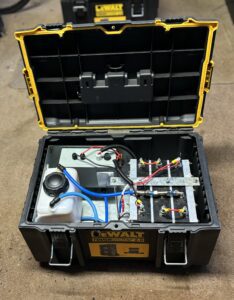
Mixing Potassium Hydroxide Solution
Potassium hydroxide is also known as “caustic potash” and it is highly caustic. Consequently, it needs to be handled carefully and kept away from contact with skin, and even more importantly, eyes. If any splashes come in contact with you, it is very important indeed that the affected area be immediately rinsed off with large amounts of running water and if necessary, the use of vinegar which is s week acid id used to neutralize the caustic liquid
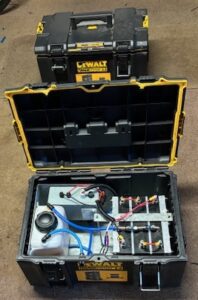

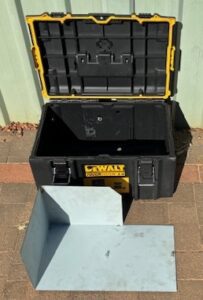

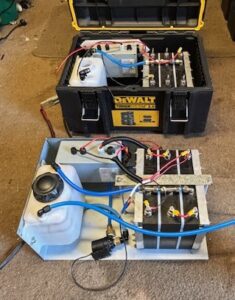

This electrolyser design requires you to make up a weak solution of potassium hydroxide. This is done by adding small amounts of the potassium hydroxide to distilled water held in a plastic container. The container must not be glass as most glass is unable to handle the large amount of heat produced by mixing Potassium Hydroxide with water… Strongly Exothermic dissolution reaction
Potassium hydroxide, also called KOH or “Caustic Potash”, can be bought in small quantities from soap making supply outlets. While Potassium hydroxide is the very best electrolyte, it needs to be treated with care:
Always store it in a sturdy, air-tight container which is clearly labelled “DANGER! – Potassium Hydroxide”. Keep the container in a safe place, where it can’t be reached by children, pets or people who won’t take any notice of the label. If your supply of KOH is delivered in a strong plastic bag, then once you open the bag, you should transfer all its contents to sturdy, air-tight, plastic storage containers, which you can open and close without risking spilling the contents. Hardware stores sell large plastic buckets with air tight lids that can be used for this purpose.
When working with dry KOH flakes or granules, wear safety goggles, rubber gloves, a long sleeved shirt, socks and long trousers. Also, don’t wear your favorite clothes when handling KOH solution as it is not the best thing to get on clothes. It is also no harm to wear a face mask which covers your mouth and nose. If you are mixing solid KOH with water, always add the KOH to the water, and not the other way round, and use a plastic container for the mixing, preferably one which has double the capacity of the finished mixture. The mixing should be done in a well-ventilated area which is not draughty as air currents can blow the dry KOH around.
When mixing the electrolyte, never use warm water. The water should be cool because the chemical reaction between the water and the KOH generates a good deal of heat. If possible, place the mixing container in a larger container filled with cold water, as that will help to keep the temperature down, and if your mixture should “boil over” it will contain the spillage. Add only a small amount of KOH at a time, stirring continuously, and if you stop stirring for any reason, put the lids back on all containers.
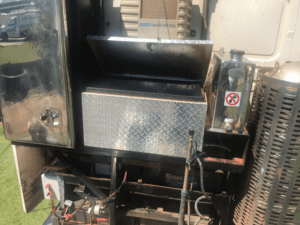

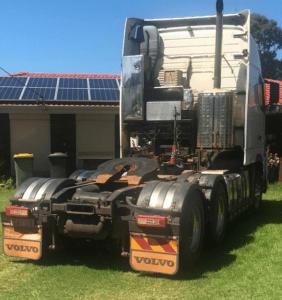



If, in spite of all precautions, you get some KOH solution on your skin, wash it off with plenty of running cold water and apply some vinegar to the skin. Vinegar is acidic, and will help balance out the alkalinity of the KOH. You can use lemon juice if you don’t have vinegar to hand – but it is always recommended to keep a bottle of vinegar handy.
Brilliant Invention Gen 20 Hydrogen Generator Oxy-Hydrogen gas is... Full Story
Drop in oil price and Hydrogen. April 22 2020... Full Story
Adjustable Power Supply Adjustable Power Supply 0-48V 60A |... Full Story
MAP / MAF engine sensor operation and engine efficiency-... Full Story
THE ELECTROLYSIS OF WATER TO GENERATE H2 march 26... Full Story
Payment Methods Partner:


© 2023 - Hydrogenfuelsystems pty ltd